What is Rhinoplasty ?
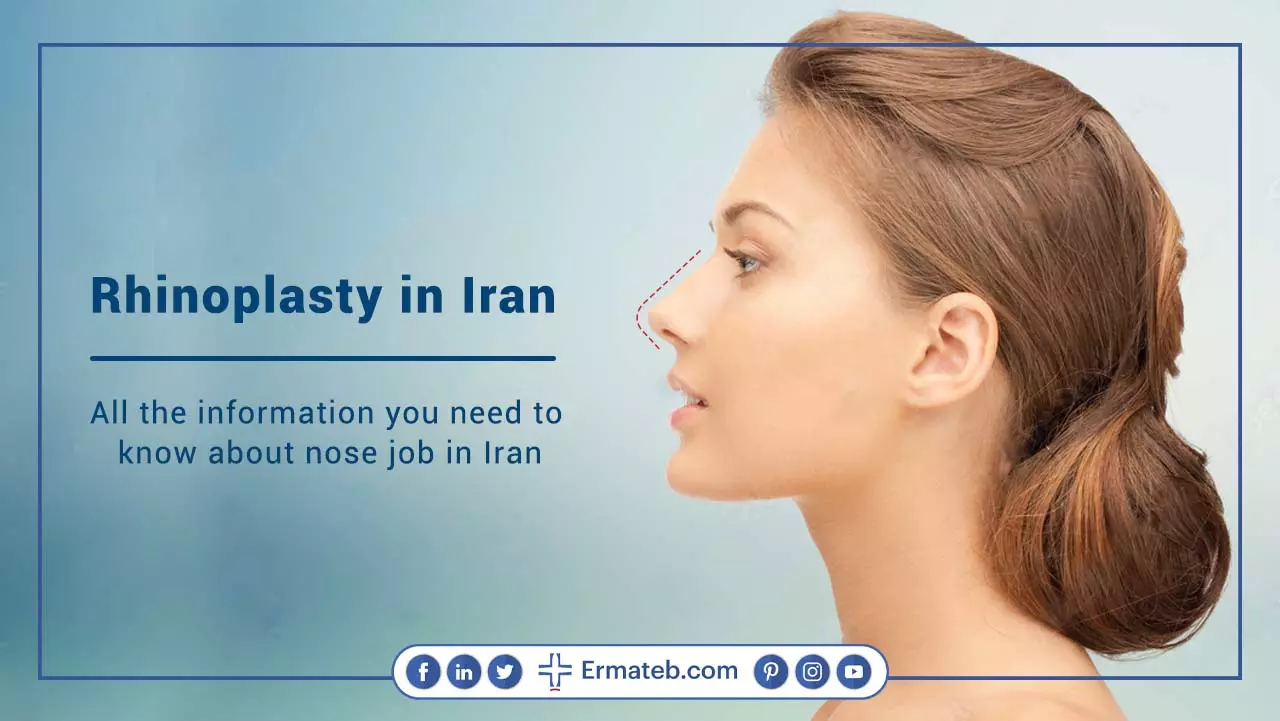
Rhinoplasty is a cosmetic and medical surgery commonly known as a “nose job” or “nose reshaping” that modifies the shape of the nose.
Those who are unhappy with their nose shape, or have a birth defect and also the ones wishing to repair deformities from an injury can undergo nose job surgery in Iran.
Who Can Benefit from Nose Job in Iran?
People appealing to undergo nose job surgery have different purposes to do so which can be generally divided into two main categories.
Medical Aims
When most people hear the term “nose job”, the first thing mainly of which they merely think would be a cosmetic procedure to change the shape or size of a nose
However, this mentality is true, this is not the only aim of such surgery. As a matter of fact, many patients undergo rhinoplasty for medical needs which include: the correction of the tip of the nose. the correction of the tip of the nose.
- Having breathing difficulties through the nose
- Having permanent numbness in and around the nose
- Cleft palate
- Polyps or nasal masses
- Cleft lap
- Deviated septum
- Structural abnormalities due to injury or trauma
- Nasal inflammation from chronic allergiesy
Cosmetic Aims
Many individuals find dissatisfaction with their appearance upon gazing into the mirror. As a result, they desire a transformation in their facial features, with a particular focus on their nose. Contemplating the possibility of a nose job is one avenue they explore for achieving this desired change. Various cosmetic objectives include:
- Improving nose size to help create proportions between the nose and other facial feature
- Reshaping nostrils that are extremely large, sagging, or turned upward
- Smoothing visible humps or dips in the nose can give a patient a better-looking profile
- Reducing the width of the nose at the bridge for better symmetry
- Repairing nasal deviation and improving symmetry
( The Price of Nose Job in Iran ) Rhinoplasty Cost in Iran
Different factors, for instance, hospital expenses, surgeons’ fees, lab examinations and the type of surgery can influence the nose job price. Additionally, the cost of nose job surgery varies approximately between $2,000 to $10,000, with nose job cost in Iran being notably lower.
For example, a nose job surgery costs around $6,000 to $10,000 in the U.S or $3,000 to $6,000 in South Korea, $9,000 in Spain, and $5,500 to $9,600 in the UK, while the nose job price in Iran significantly lower. Cost of rhinoplasty in Iran is about $1,500 to $2,500.
You can, in fact, get the privilege to undergo a nose job operation in Iran for half the price of what you spend in the U.S not only with the best facilities but with the most prolific rhinoplasty surgeons in the so-called “nose job capital of the world”.

Factors Influencing the Cost of Nose Jobs in Iran
Surgeon’s Expertise and Reputation
- Highly experienced and famous surgeons charge higher fees.
- Board-certified and specialized plastic surgeons cost more than general surgeons.
Type and Complexity of Nose Surgery
- Open or closed nose job
- Primary or revision rhinoplasty
- Functional surgery
Types of Hospitals and Their Facilities
- Luxury Hospitals: These hospitals are very luxurious but charge a lot.
- Private Hospitals: These hospitals vary in type and price.
- Governmental Hospitals: These hospitals are cheaper than private hospitals.
Geographic Location
Tehran, as a hub for rhinoplasty in Iran, has higher prices than other cities such as Mashhad or Shiraz. Also the quality of surgeons are higher than other cities.
Medical Tourism Packages
There are different rhinoplasty packages in Iran, such as Silver, Gold, and Diamond packages.
Each package contains different additional services that affect the price.
VIP Services Before & After Surgery
Some patients need 24-hour nursing care or request additional services like massages, etc.
How to Find the Best Nose Job Surgeon in Iran?
The best way to find the best nose surgeons in Iran is to connect with medical tourism agencies. These agencies have cosmetic and medical consultants who are familiar with different types of Iranian nose surgeons and their results. At Ermateb, we introduce you to the best surgeon suited to your budget and desires.
Is Iran an Ideal Destination for Rhinoplasty?
Iran is renowned as “the nose job capital of the world”, offering the best nose job services based on very key reasons such as:
Highly Experienced and Skilful Surgeons
As mentioned, Iran has been recognized as “the capital of nose job” in the world because of its highly educated and up-to-date doctors who are one-of-a-kind among cosmetic surgeons in other parts of the world.
According to statistics, proficient doctors, in Iran, normally perform 50-100 nose surgeries per month demonstrating roughly five times more than a doctor in the U.S or Brazil.
As a result, plastic and rhinoplasty surgeons in Iran are not only theoretically knowledgeable in what they do, but they are also practically an expert in their field and naturally, patients can count on them with ease of mind leading to match up with their expectations.
Modern Hospitals and Clinics
As said before, you can find the best possible cosmetic (nose job in particular) doctors in Iran for rhinoplasty surgery.
But don’t forget that most professional doctors cannot perform the operations under improper medical circumstances.
This is when hospitals and clinics come into play to help the doctors bring the desired outcome.
Fortunately, in Iran, there are innumerable specialized hospitals and clinics, in such as Tehran, Mashhad, Shiraz, Tabriz and other major cities, all of which are capable of providing high-standard services along with the most competent nurses and skilled staff.
Profound Culture of Iran
Iran is one the oldest nations in the world, with a rich culture dating back ten thousand years.
Besides, this country is full of both historical and natural wonders attracting so many tourists every year.And, foreign patients coming to Iran for medical purposes are provided with a great opportunity to get in touch with the culture and tradition of Iran where the people of this nation have always readily welcomed foreigners and tourists from different countries.
Luckily, you get the chance of going sightseeing and visiting monumental places in cities like Tehran, Yazd, Shiraz, Kashan and other major amazing cities while you are having your nose job process done in Iran.
Why Should You Choose Ermateb for Nose Job Surgery?
Ermateb complex is a facilitator in the medical tourism industry. One of the primary goals of this cooperation is to provide the best medical services with the highest quality. In this Group, we consider the commitment and responsibility for the welfare and comfort of patients as a turning point to provide the best services in the field of medical tourism.
Ermateb has arranged and gathered together the most professional and top hospitals, clinics, and doctors who are the best in their field of work.
Everything is ready to help our customers in terms of choosing the best rhinoplasty surgeons in Iran.
Plus, obtaining a visa, booking flight and accommodations, in addition, transfer services including, picking you up at the airport, transferring to your hotel and hospital, and assigning a personal interpreter and guide in order to help you during your stay and medical procedure, and providing post-operative care, following up the patient and related consultations.
Different Types of Noses
When venturing into the world of rhinoplasty, it’s crucial to distinguish between various nose types, primarily classified as “fleshy nose” and “boney nose.”
Fleshy Nose Rhinoplasty in Iran
A fleshy nose is characterized by thicker skin, commonly found in men, which can affect the overall structure of the nose. This type often features weak cartilage, affecting the structure of the nose and creating a distinctive appearance. Fleshy noses typically present a nose tip that points downward and wings of the noes (alae) that are open and thick.
Boney Nose Rhinoplasty in Iran
Boney noses, also known as “eagle noses” or “humpback noses,” boast thin skin. The thin skin allows surgeons to execute procedures with precision, resulting in a more refined appearance. These noses often gave a bony state, with a prominent humped shape visible from the profile.
Differences Between Boney Noses and Fleshy Noses
While both boney and fleshy noses fall under the realm of rhinoplasty, their differenced lie in the thickness of the skin and the strength of the cartilage.
Boney noses, with their thin skin, allow for delicate surgical procedures, often leading to a successful nose job with minimal complications. The prominence of nasal bones and robust cartilage contributes to their humped appearance.
On the other hand, fleshy noses, enveloped in thicker skin, make surgical techniques more complex. The weaker cartilage demands the use of open surgical methods, requiring heightened delicacy during the operation. Post-surgery, fleshy noses may be more susceptible to deformities due to their weaker cartilage and heavier skin.
Choosing and experienced surgeon becomes paramount, as the techniques employed in rhinoplasty vary depending on whether it’s a bony or fleshy nose. A skilled surgeon can navigate these nuances, ensuring the desired outcome with symmetry and harmonious results.
Different Types of Rhinoplasty Surgery in Iran
Embarking on the journey of rhinoplasty in Iran opens up a world of possibilities, where skilled plastic surgeons cater to a range of specific needs and preferences. Explore the various types of nose job surgeries available in this vibrant nation, each designed to address different concerns and deliver transformative results.
Primary Rhinoplasty:
Primary rhinoplasty stands as a transformative journey, allowing surgeons to make subtle yet impactful adjustments to reshape, reduce, or augment the nose. The procedure may involve the strategic use of grafts, ensuring the end result harmonizes with the patient’s unique facial features.
Revision Rhinoplasty:
In cases where the initial nose surgery falls short of aesthetic goals, revision rhinoplasty, also known as secondary rhinoplasty, comes to the rescue. Skilled surgeons excel at achieving minor corrections and restoring a natural look to the nose, refining previous surgical outcomes.
Reconstructive Nose Surgery:
Trauma or cancer-induced damage to nasal tissue finds a solution in reconstructive rhinoplasty. This procedure aims to restore absent or irreparably damaged tissue, offering a beacon of hope to patients who have experienced injury-induced nasal damage.
Septoplasty:
Addressing deviated septums that hinder airflow, septoplasty is a corrective surgical procedure. Surgeons in Iran aim to straighten the septum, alleviating breathing difficulties, headaches, and nosebleeds, ultimately enhancing a patient’s quality of life.
Rhinoplasty for Asian and Black Individuals:
Rhinoplasty in Iran addresses specific aesthetic goals for Asian and African-American patients. Surgeons skillfully restructure the nose’s bridge, reposition and refine the nasal tip, achieving harmony, balance, and symmetry in the process, tailored to complement each individual’s facial features.
Ethnic Rhinoplasty:
Embracing diversity, Iranian rhinoplasty surgeons cater to patients of various ethnic backgrounds. Where it’s African-American, Asian, or Middle Eastern rhinoplasty, surgeons approach each case with cultural sensitivity, preserving the patient’s unique identity while enhancing aesthetic features.( Ethnic Rhinopasty in Iran )
Teenage Rhinoplasty:
In Iran, rhinoplasty is performed on teenagers with special consideration for their age and unique circumstances, making it a popular choice for nose surgery in Iran. Experienced surgeons prioritize the well-being of young individuals, ensuring they can address concerns and enhance their appearance with the guidance of skilled professionals.
Styles of Nose Jobs in Iran
Typically, four main Iranian nose job styles are referring to different types of nose job styles ( As Pubmed says ), “natural”, “fantasy”, and “semi-fantasy”.
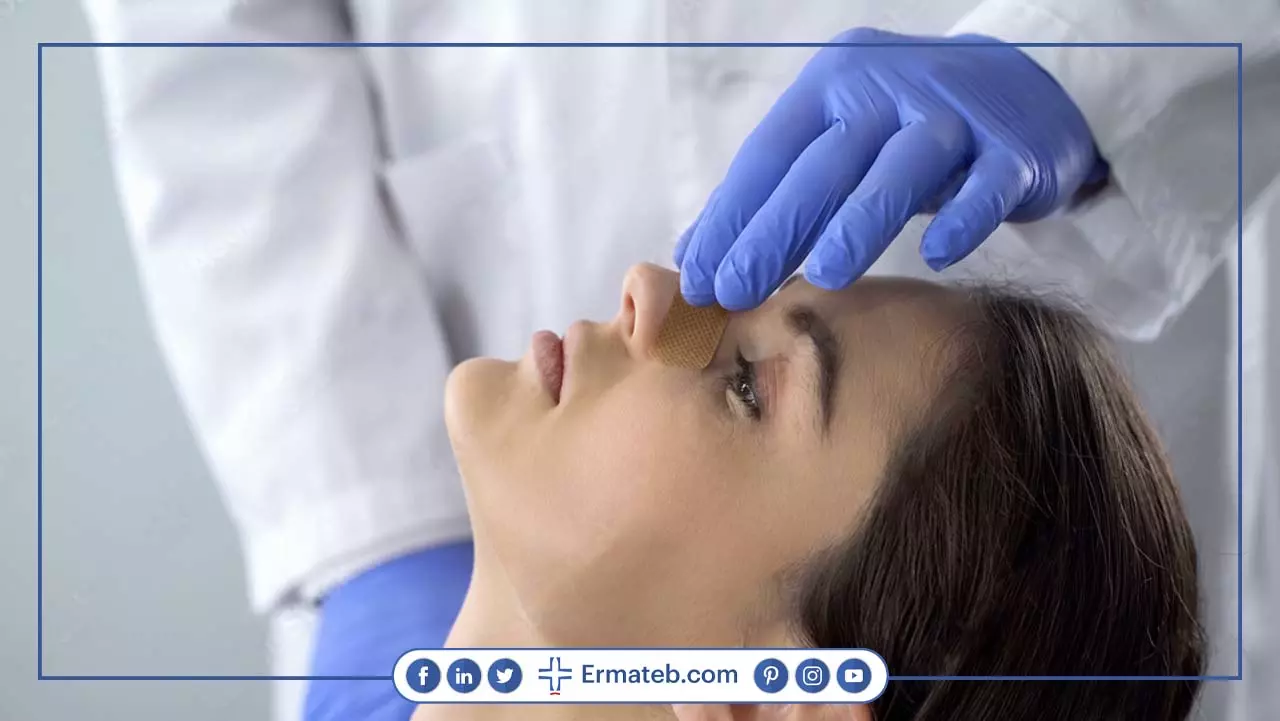
Natural Nose Job
Natural rhinoplasty is a style which focuses on maintaining the nasal cartilage, bone, and soft tissue in a natural position, creating a natural contour. This type of rhinoplasty creates a nose that does not look surgical. Most of the time nose fits the face better than the nose with which you were born.
Fantasy Nose Job (Dolly Rhinoplasty)
Fantasy rhinoplasty is a style which is suitable for those who have an extremely big nose not fitting their face properly. In this type of surgery, the surgeon reshapes the nose into a small and upturned one.It should be said that this surgery type fits the ones who have bony noses resulting in bringing attractiveness to small faces.
Semi-Fantasy Nose Job
This model of rhinoplasty refers to the semi-fancy nose type which maintains the fit of the size and shape of the nose with the size of the facial components.
Actually, this kind of nose job is a little smaller than the natural rhinoplasty in which the curve of the bridge is slighter and the angle between the nose and the lips is narrower than a fantasy nose.
No matter how challenging every one of the aforementioned styles would be for the nose job medical procedure, there’s more to Iranian doctors than meets the eye, creating the best conditions under which nothing will disrupt your rhinoplasty path in Iran.
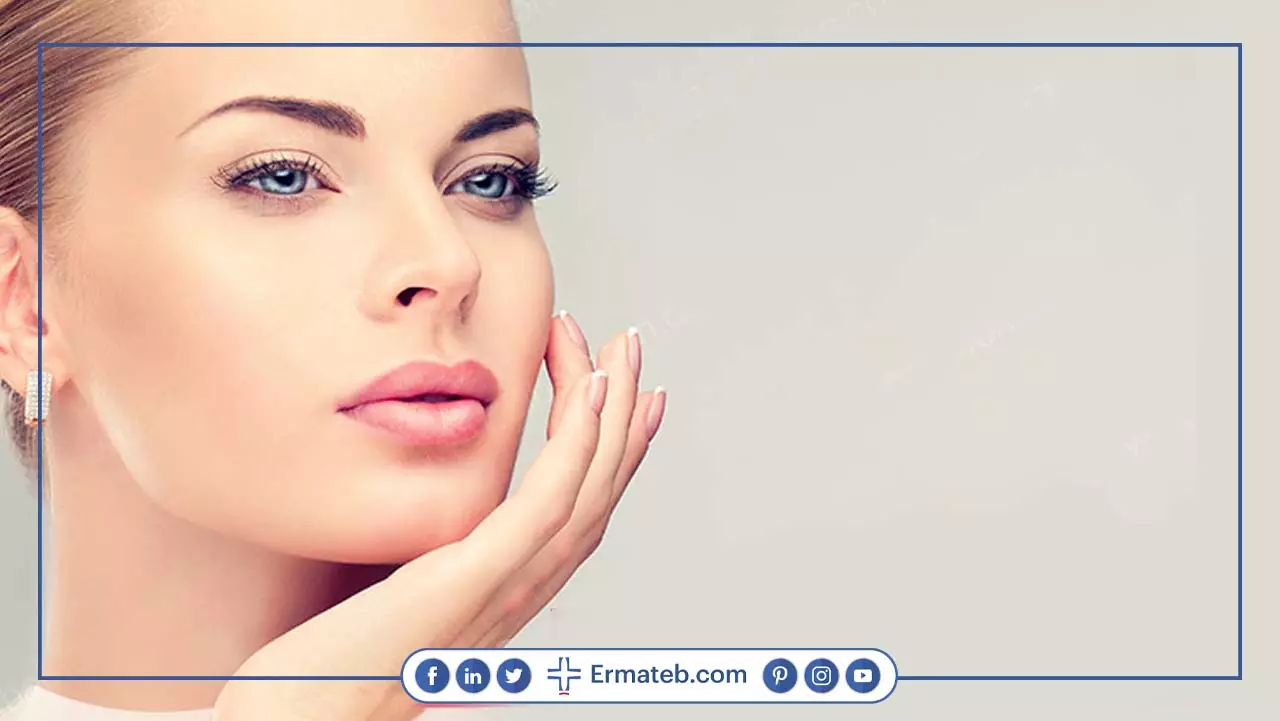
Male Rhinoplasty in Iran (Nose Job for Men)
Trends show that women are more willing to undergo nose job surgery.But the number of men inclining to look more handsome and attractive in terms of a better-shape nose has been increasing over the recent years. Even though this type of cosmetic surgery has become popular among both genders, male and female rhinoplasty procedures are not precisely the same.
It may sound interesting to know that many celebrities have nose jobs, such as Ryan Gosling, Robert Pattinson, Patrick Dempsey and so on.
Hence not only women but also men can have their nose job done in Iran once they wish to pursue a hugely beneficial change in their facial components.
How to Prepare for Nose Job in Iran ? ( Before Rhinoplasty in Iran )
Some may experience anxiety before a medical operation mostly due to inadequate awareness and knowledge about how and in what way their nose job will be done.
So, the more you know about the whole procedure, the less anxiety would make your mind preoccupied.
In addition, you may be worried about something like “how should I obtain an Iranian visa?” or “I don’t know Persian” Or “I hardly know anything about rhinoplasty in Iran”.
Here's when medical tourism facilitators like Ermateb play an important role to pave the way for foreign patients intending to have their medical services done in Iran.
The only thing you have to do is contact us via Whatsapp or email and the rest of your medical journey will be arranged easier said than done just in the blink of an eye.
So don’t get stressed about stuff like how I should get a visa or how on earth I should speak in Persian, in fact, everything has been perfectly pre-planned to arrange your medical process as easy as feasible.
Ermateb and its prolific doctors would try their best to make a peaceful condition in which our dear patients can have their rhinoplasty done in Iran perfectly and become one of the most memorable and enjoyable medical experiences of their lifetime.
We hope our lovely patients would pass on their precious experience to their compatriots and friends when they come back home.
For this reason, medical facilitators specifically Ermteb as one of the most prominent medical service providers in Iran are trying their hardest to provide (for instance rhinoplasty) for patients from different countries with the most appropriate conditions including high-quality clinics, hospitals and of course most professional doctors and staff.

How to Arrange My Nose Job Surgery in Iran
Ermateb, as one of the significant pillars of medical tourism in Iran, offers various cosmetic and medical services to patients from all over the world who wish to have their Rhinoplasty done in Iran.
To reach the Ermateb complex, you can follow the steps described below:
First and foremost, you can easily contact us via one of our communication channels (WhatsApp or online form). Then a personal coordinator will be arranged to guide you through the following process of your medical procedure. After that, our consultant may ask for your medical records, documents and photos of your nose so as to determine what type of surgery and other medical information will be required based on your personal qualities with the contribution of a surgeon.
And lastly, after briefing the patients with all the required information, you can plan your trip to Iran if you intend to leave your nose job to Ermateb.
Rhinoplasty Side Effects
It is common to experience pain and discomfort in the healing area. In this case, doctors usually prescribe pain relief medication to combat the pain.
Swelling
After the operation, swelling around the eyes and nose is relatively common and should largely subside after about 2 weeks. Also, bear in mind that minor swelling may remain for up to 6 months because of the area's sensitivity.
Bruising
Bruising is one of the most typical side effects after nose job surgery. The degree of bruising depends on your sensitivity to the surgery, your skin, and the extent of the surgery itself. Generally, bruising varies between individuals, so there is no blanket bruising. Bruising typically extends around the eyes and nose and can last up to 10 days.
Scarring
Scarring occurs after Rhinoplasty though it will not be outwardly noticeable. For instance, in closed Rhinoplasty, the surgeon uses an incision inside the nostrils where the scars are completely hidden. Open Rhinoplasty involves one small incision in the skin, which separates the two nostrils, and this cut usually heals very well and is barely noticeable.
What is Revision Rhinoplasty?
Revision rhinoplasty, commonly referred to as a secondary rhinoplasty or revision nose job surgery fixes unwanted results of the following primary nose job.
Moreover, a revision nose job repairs the aesthetic and functional problems of the nose that the patient faced in the previous surgery/surgeries.
In other words, a revision rhinoplasty aims at correcting the shortcomings of a prior unsuccessful rhinoplasty procedure.
To address this matter, Ermateb has the most professional surgeons prepared to perform nose job revision with the highest and most delicate care.
Revision rhinoplasty in Iran is the best decision one can make to have the mistakes and failures of previous surgery/surgeries fixed by the hand of the Iranian doctors resulting in bringing back beauty and health to the nose.
Is It Possible to Combine Rhinoplasty with Other Plastic Surgeries in Iran?
Rhinoplasty in Iran not only transforms the nose but also presents an opportunity to address additional health concerns, contributing to overall well-being. Concurrent surgeries can effectively tackle various issues, such as 1. Septal Deviation 2. Concha Bullosa 3. Eyelid Aesthetic Surgery 4. Facial Fillers 5.Liposuction 6.Breast Augmentation 7.Abdominoplasty
Recovery Process After Rhinoplasty in Iran ( Final Result of Nose Job in Iran )
Embarking on the transformative journey of rhinoplasty in Iran marks an exciting endeavor to enhance facial harmony. Beyond the aesthetic changes, a meticulously planned recovery process is essential. Explore a comprehensive guide to post-rhinoplasty care, ensuring a seamless and successful healing journey:
-
Initial 24 Hours: Rest and Comfort
After your rhinoplasty surgery in Iran, the first 24 hours may bring facial swelling, mild nasal discomfort, or a headache. Pain medication prescribed by your surgeon alleviates discomfort. Resting in bed with your head elevated is advised, with occasional trips to the restroom.
-
Within the First Week: Swelling Subsides
The majority of swelling and bruises gradually fade during the first week, with minor residual swelling persisting for several months, usually noticeable only to you and your surgeon.
-
One Month Milestone: A Glimpse of Your New Self
Around one-month post-surgery, your nose begins to take on its new shape, revealing a transformation that may pleasantly surprise you.
-
One Year After: A Permanent Transformation
After a year, your new nose shape becomes an integral part of you. It’s stable, balanced, and any incision site has faded to being nearly imperceptible. All reshaping and refinements have fully matured, leaving you with the nose you’ve always desired.
Main Methods of Nose Job: Open vs Closed Rhinoplasty

Open and closed Rhinoplasty have their own pros and cons, and the major difference between open and closed rhinoplasty is the number of incisions.
In open rhinoplasty, the surgeon makes cuts on the sides of the nasal fins, the lower area of the bridge, and inside the nostrils to lift the nasal skin and apply essential changes thoroughly.
Whereas in close rhinoplasty, the surgeon does not lift the nasal skin and merely makes two incisions inside the area of the nostrils.
Open Rhinoplasty in Iran:
Embraced as a long-established method in Iran, open rhinoplasty in Iran involves the strategic creation of precise incisions. This approach allows surgeons to fully expose the underlying nasal anatomy, facilitating a comprehensive view. Meticulously separating the nasal skin from bone and cartilage enables surgeons to make precise modifications, ensuring both aesthetic and functional improvements align with the patient's desires.
Closed Rhinoplasty in Iran :
Introduced as a relatively newer technique in Iran, closed rhinoplasty focuses on partial nose reshaping. Surgeons access nasal structures through incisions made solely within the nasal cavity, skillfully avoiding external scars. While this method limits direct visualization of nasal anatomy, adept surgeons in Iran have perfected their techniques, consistently achieving impressive and satisfying results.
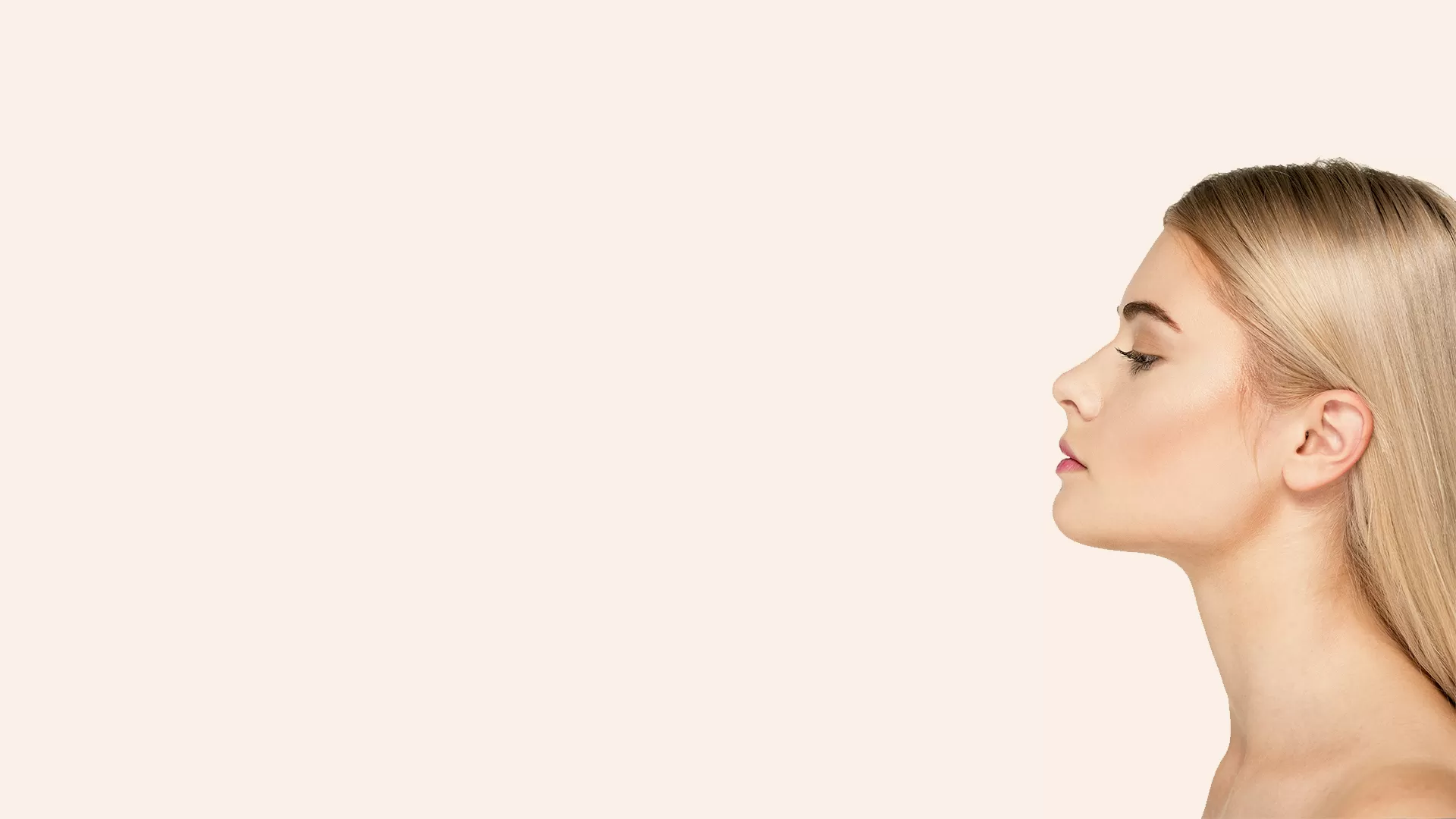
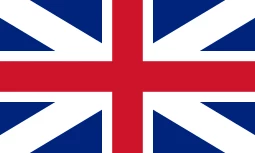
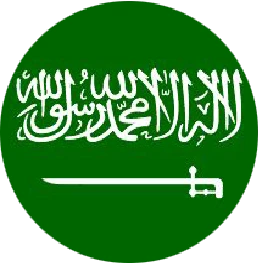 Arabic
Arabic
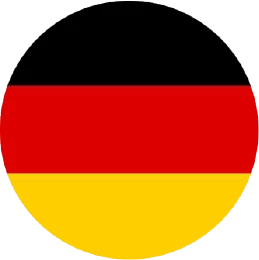 German
German
 Persian (Farsi)
Persian (Farsi)
 Russian
Russian
 Beauty
Beauty






 Medical
Medical





 Hotels
Hotels
 Hospitals
Hospitals













































![Frequently asked question about [name]](/v2tem/images/pages/service/faq-image.webp)
